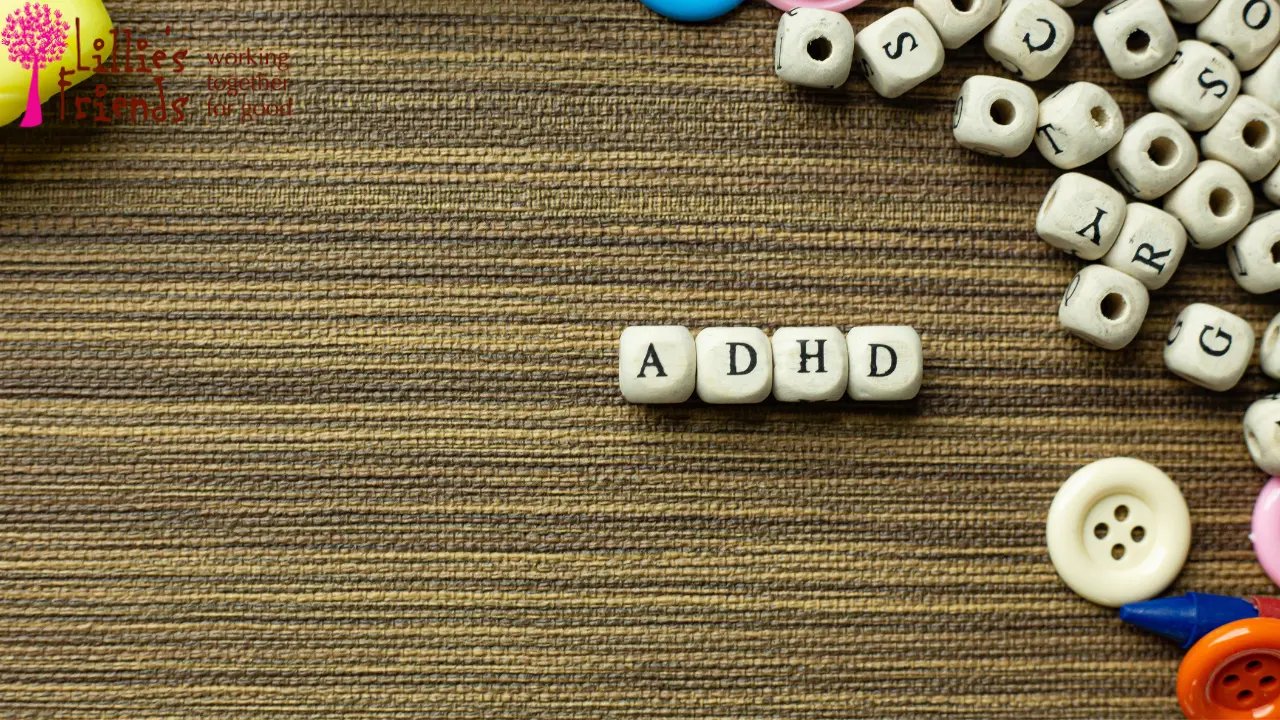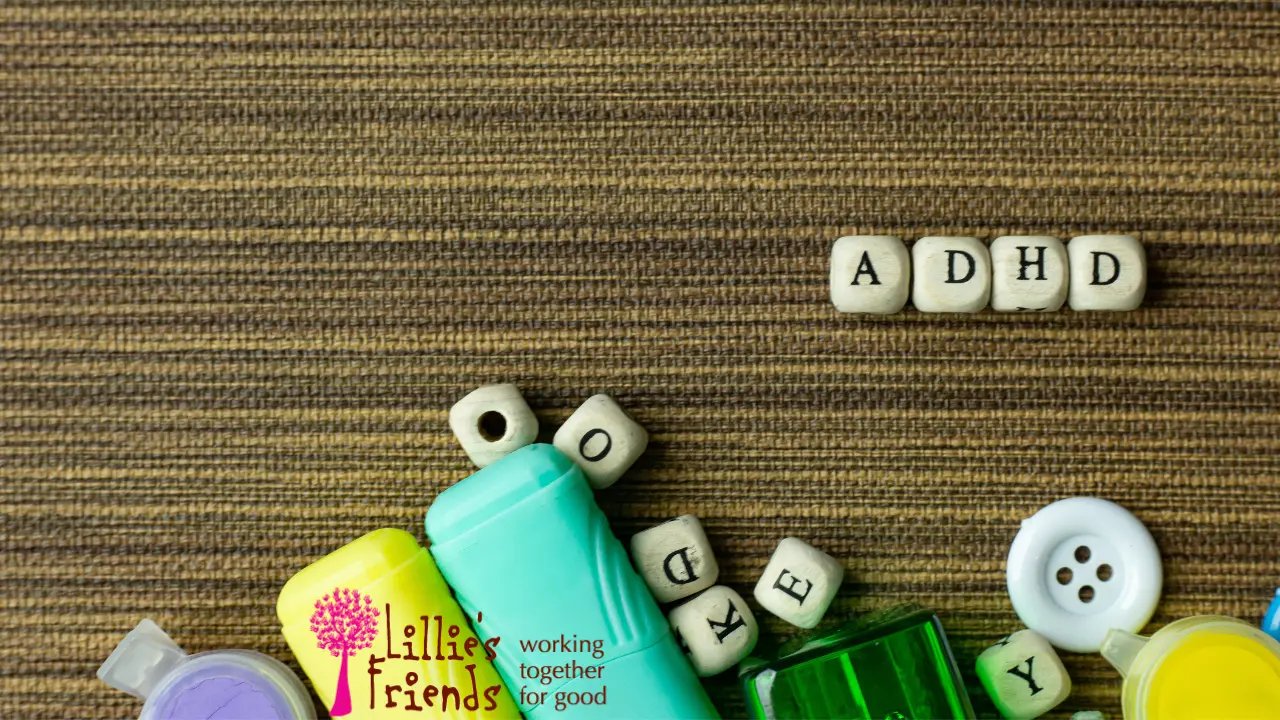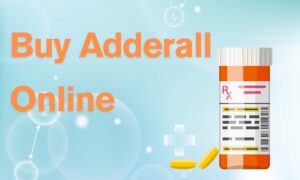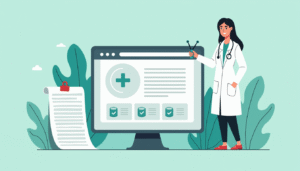Highlights
- There are three forms of attention deficit hyperactivity disorder (ADHD): mixed, hyperactive/impulsive, and mainly inattentive.
- The most prevalent of the ADHD subcategories is combined type.
- The type and degree of ADHD may affect the course of treatment. The most popular choices are medication and behavioral therapy.
You’ve always heard of attention deficit hyperactivity disorder (ADHD); perhaps you or someone you know has it, but you were unaware that there are various forms of the problem.
Why is this important, then? Unbelievably, knowing what kind of ADHD you have is crucial since it will help you understand what coping mechanisms to employ in order to feel better; you’ll learn more about this below. But first, let’s quickly go over the fundamentals of ADHD.
According to estimates, 3 to 6% of adults have ADHD, a prevalent mental health disorder that may begin in childhood but persist into maturity for some people or may only be identified later in life. The condition’s main symptoms are a lack of impulse control, excessive activity or energy, and a variety of symptoms brought on by poor attention. Crucially, these symptoms are distressing and impair everyday performance in two or more contexts (e.g., home and work), and they are not age-appropriate.
The following forms of ADHD were added to the diagnosis guidelines in 2013:
- The majority of inattentive
- Mostly impulsive or hyperactive
- A mix of the previously mentioned
The combined form of ADHD will be the main topic of this paper.
Combined Type ADHD: What Is It?
The person with ADHD exhibits both low attention and high energy symptoms, as the term “combined type ADHD” implies. This is a very simplistic explanation; we’ll go over the exact requirements in more detail.
How Frequently Does It Occur?
7 out of 10 individuals with attention deficit hyperactivity disorder fall into the mixed subtype of ADHD, which is by far the most prevalent presentation of the illness. Those with primarily inattentive symptoms come next (2 out of 10), whereas those with mainly hyperactive presentations receive just 1 out of 10 ADHD diagnoses.
What Sets It Apart From Other Types
Processing the differences between people with primarily inattentive or hyperactive-impulsive symptoms and those with mixed ADHD is the first step.
Let’s examine in detail how the Diagnostic and Statistical Manual (DSM-5) criteria are used to diagnose adult ADHD in the primarily inattentive and hyperactive/impulsive kinds.
| identifying the form of ADHD that is primarily inattentive | ADHD is primarily diagnosed as hyperactive/impulsive. |
|
At least five of the nine symptoms listed below have persisted for six months:
|
At least five of the nine symptoms listed below have persisted for six months:
|
Consult a healthcare professional for an online ADHD diagnosis and therapy if you observe multiple symptoms that are similar.

Identifying Combined Type ADHD
How may the ADHD combination type be diagnosed now that you know what is required to prove primarily inattentive and hyperactive-impulsive ADHD? As previously said, it requires the individual to exhibit a combination of excessive activity and low attentiveness.
According to the DSM-5, a person must have had enough symptoms of both inattention and hyperactivity-impulsivity over the previous six months in order to be diagnosed with mixed ADHD [2*]. This translates to at least ten symptoms, five of which are hyperactive-impulsive and five of which are inattentive.
Additionally, there is a scoring system for the severity of combined presentation symptoms of ADHD:
- Mild mixed ADHD: The bare minimum of symptoms required for diagnosis is five hyperactive-impulsive and five inattentive symptoms. Additionally, social life and jobs are only marginally affected.
- Moderate combined ADHD: In the middle.
- Severe combined ADHD: There is substantial persistent difficulty and dysfunction at work and at home, or there are many more symptoms than are necessary to make the diagnosis.
What might this look like in the actual world, then?
Signs of Concurrent ADHD
A combination of the following symptoms may be present in you. First, a few signs of inattention that result from having trouble focusing include
- Making thoughtless errors
- Neglecting important aspects and producing subpar work
- Being readily sidetracked by your surroundings
- Using more mental energy to complete tasks
- Daydreaming and not being “present”
- Getting distracted and failing to finish duties
- Having a chaotic work presentation and being untidy
- Consistently missing or arriving late for appointments
- Misplacing essentials such as cell phones, keys, or reading glasses
- Steering clear of tedious or difficult jobs, such as creating reports, filling out forms, or going over long paperwork
- Ignoring domestic tasks, bills, shopping, or phone calls
- Not scheduling regular auto maintenance or health examinations
- Not managing your time well
- Not meeting deadlines
Next, the following are possible signs of hyperactivity/impulsivity:
- Having trouble staying still
- Excessive restlessness, agitation, twitches, or jumpiness
- Talking too much, being loud, and being intrusive
- Cutting off discussions
- The inability to wait in lines
- Being “on the go” while others can’t keep up
- Taking items from others without their consent
- Taking part in reckless activities
- improper statements made at improper times
- Being prone to accidents
Why not take a free, five-minute screening test if this describes you and you haven’t received an adult ADHD diagnosis?
Reasons and Risk Elements
For instance, you may have different ideas about why you would initially come with a mixed presentation of ADHD. Let’s examine the contributing variables and risk factors.
First, because attention deficit hyperactivity disorder is inherited, individuals of the biological family are more likely to have ADHD as well. The fact that a sibling of someone with ADHD has a nine-fold increased risk of having ADHD compared to a sibling of someone without the disorder is a specific illustration of this. Additionally, research on adoptive families demonstrates that when it comes to ADHD risk, genes are more important than a shared environment.
Furthermore, data points to the possibility of non-genetic or environmental variables, some of which include:
- Pregnant mothers who smoke or consume alcohol
- Early delivery
- Low birth weight
- Increased family conflict levels
- Toxin exposure and exposure to heavy metals such as lead and mercury
- Chemical exposure, including pesticide exposure
- Overuse of media on screens
- Inadequate sleep-wake patterns
- Childhood stroke
- Damage to the brain
The combined presentation of ADHD may thus have a detrimental effect on day-to-day functioning.
The Difficulties of Individuals with Combined Type ADHD
Some of the challenges associated with combined ADHD include trouble focusing, which can show up as subpar performance at work and in school. Job hopping, disciplinary hearings, and failure to advance up the corporate ladder could be the outcome. Ignoring daily necessities can lead to clutter in the home, poor diets and personal hygiene, and a low credit score.
Individuals with the mixed subtype of ADHD are typically criticized and struggle to “fit in.” Their poor emotional regulation and hyperactive-impulsive characteristics, which are viewed as socially inappropriate, are typically the cause of this. Other repercussions could include having several sexual partners, engaging in risky behaviors like substance addiction, and having bad interpersonal interactions.
The fact that ADHD frequently co-occurs with other mental health issues and affects quality of life presents another difficulty. Substance use disorder (SUD) is the most prevalent, followed by mood disorders (depression), anxiety disorders, and personality disorders; oppositional defiant disorder (ODD) is another related ailment. When seeking treatment for ADHD, these factors must be taken into account.
So, how do you approach these difficulties? First, let’s talk about some everyday coping mechanisms.
10 Self-Help Strategies to Handle Combined ADHD
- Utilize calendars, diaries, and planners, as well as make lists.
- Set reminders and use alarms.
- Take regular pauses.
- Reduce outside distractions by working in a calm, secluded space devoid of electronics and clutter.
- Divide work into more doable, smaller phases.
- Maintain an active lifestyle, as this enhances concentration and reduces anxiety.
- Maintain a regular sleep schedule to improve concentration.
- By observing your feelings in the time without passing judgment, you can develop mindfulness to control your emotions and sharpen your focus.
- If you’re restless, use chew gum, stress balls, or fidget toys.
- Attend support groups for ADHD.
Every person with ADHD should follow these basic strategies, but if you continue to experience issues at work or at home, you should speak with a healthcare professional for individualized ADHD therapy.
Therapy for Adults with Combined ADHD
Therapy, medicine, or both may be used to treat mixed presentations of ADHD.
Drugs for the Treatment of ADHD
Medication is frequently prescribed by medical professionals as the cornerstone of the treatment strategy. The first-line treatments for any kind of ADHD are stimulant drugs (methylphenidates and amphetamines), which are effective in 7 out of 10 patients. Although some individuals are sadly unable to use stimulants, non-stimulants provide an alternative.
Certain mental health treatments, such as antidepressants, may also be beneficial when depression and anxiety problems coexist.
Interventions in Behavior
Talk therapy called cognitive-behavioral therapy (CBT) assists you in altering your thoughts, emotions, and behaviors. You can process undesirable thoughts and feelings and boost constructive activities by recognizing them.
Family or relationship therapy may be another beneficial behavioral treatment. In these sessions, everyone will learn about ADHD, how it affects behavior, and how to manage it while also supporting and reinforcing progress.
Conclusion
Accurately diagnosing attention deficit hyperactivity disorder, including its type and severity, is crucial since it may affect the treatment alternatives your healthcare practitioner includes in your customized plan.
FAQ
Is ADHD combined type a disability?
"A physical or mental impairment that significantly limits one or more major life activities is considered a disability under the Americans with Disabilities Act (ADA)."
By definition, ADHD mixed type is not a disability. This mental illness is classified as a neurodevelopmental disorder, which is a subset of brain development disorders. Nonetheless, ADHD combined type may be categorized as a handicap in extreme circumstances that irreversibly impair the person's capacity to learn, work, focus, or interact with others. The individual may be eligible for modified or adapted work or learning environments as a result.
What are the struggles of combined ADHD?
Difficulty focusing leads to difficulties with ADHD symptoms of the mixed kind, which show up as poor performance at work and at school as well as ignoring daily essentials. Criticism, strained interpersonal relationships, and risk-taking behaviors can result from hyperactivity, impulsivity, and a lack of emotional control.
What are the strengths of people with ADHD combined type?
One could consider impulsivity and hyperactivity to be concealed ADHD abilities. High energy can assist the person with ADHD in staying motivated during house improvements, sports, and social gatherings, or it might make them the life of the party. Additionally, spontaneity and impulsivity can lead to creativity and adventure. It's crucial to monitor how ADHD symptoms affect your life, though, and to get expert assistance when necessary.
What are the symptoms of combined ADHD in women?
Compared to hyperactivity, women are more prone to exhibit inattentive symptoms, which are more difficult to identify and may cause a delayed diagnosis. This raises the possibility of mental illnesses like anxiety and depression, challenging relationships, and low self-esteem.
What is the best medication for combined type ADHD?
Amphetamines and methylphenidates, known as stimulants, are the first-line treatments for all forms of ADHD and are effective in seven out of ten patients. Non-stimulants are alternatives for patients who are unable to take stimulant medications. Patients may occasionally only need therapy and not even medicine.
What is the link between ADHD and oppositional defiant disorder?
6 out of 10 individuals with ADHD have comorbid oppositional defiant disorder. This might be the result of their common symptoms of impulsivity and poor emotional regulation, as well as risk factors such as family history and greater levels of family conflict. A person with ADHD who comes from a lower-income family, hangs out with the wrong crowd, or experiences frequent criticism from their parents is more likely to develop ODD.











